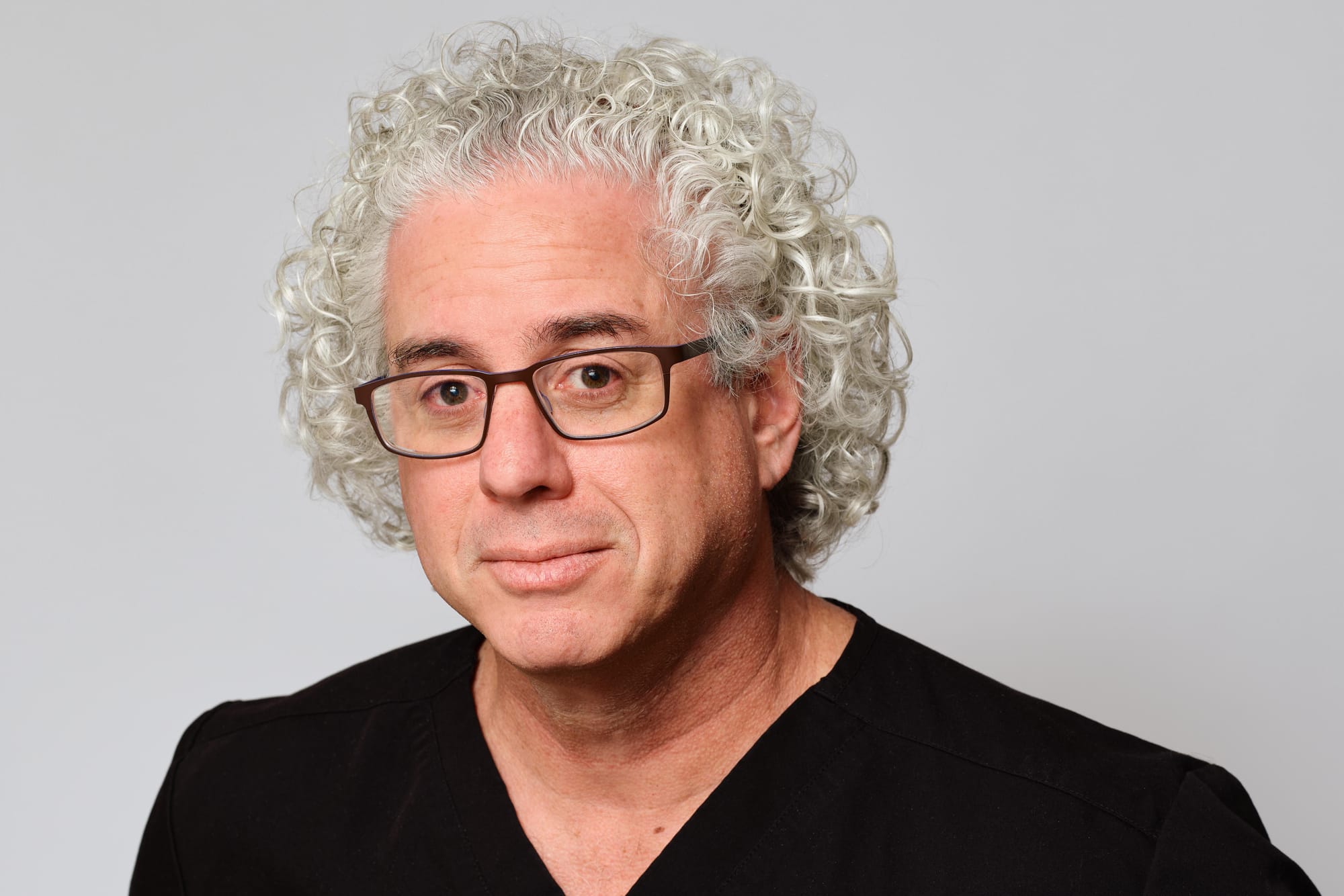Spotlight with Dr. Scott Sigman: Laser therapy and Remote Therapeutic Monitoring

In this spotlight, we’ll give you an overview of cold laser treatment, how Dr. Sigman approaches non-opioid treatment for pain, his work with OrthoLazer Orthopedic Laser Centers, and how he utilizes RTM.
Meet Dr. Scott Sigman:
He is an orthopedic surgeon specializing in sports medicine with a passion for providing opiate alternative solutions for pain and inflammation. He is also the Founder and Chief Medical Officer of OrthoLazer Orthopedic Laser Centers, which has 19 centers across the US.
Q&A:
Q: What are the biggest challenges you have seen in your practice for operating laser treatment as a non opioid alternative for pain management?
A: The biggest challenge with laser has been educating both patients and doctors on a new modality. The American Academy of Orthopedic Surgery did a deep dive on the research behind Laser, and we made the list as a recommended treatment option for knee arthritis. And in November last year, the Center for Disease Control officially recommended pharmacologic and non pharmacologic opioid alternatives for treatment for pain and inflammation, including Laser.
Q: How many treatments do patients typically undergo in a normal course of laser therapy?
A: Patients that have acute injuries do exceptionally well under laser. So we get athletes or weekend warriors or our pickleball players in particular, right now, they come in, things are hurting, we laser them and they get better quite quickly. So that's only six treatments for an acute injury. And for those with tendonitis or arthritis, these patients will typically get twelve treatments.
Q: In addition to in person therapy, are you utilizing any strategies for long term care management of patients?
A: In my practice, we use remote therapeutic monitoring for home physical therapy, which patients love. As we all know, patients that have had substance use disorder have an incredibly high recurrence rate, as much as 83% of patients. So the cure rate for substance use disorder is only about 17%. So these patients need help. So the idea of having these remote therapeutic monitoring codes and the ability to manage chronic medications for our patients provides much better care for the patient, but also for the primary care doctor or the pain specialist that's managing it.
Deep Dive:
OrthoLazer Orthopedic Laser Centers use lasers as an opioid alternative to block the formation of pro-inflammatory cytokines that create pain and inflammation in the body. This method of utilizing cold laser treatment is known as photobiomodulation. While the treatment doesn’t cure the diagnosis, it’s primary responsibility is to treat the inflammation and make patients better at the cellular level. Many patients come back in for maintenance treatment and prefer the lack of needles and side effects associated with standard treatment regimens. To date, the laser treatment focuses generally on three types of injuries: 1) acute injuries which take 6 treatments, 2) inflammatory diseases such as arthritis and 3) overuse injuries such as tendinopathies (12 treatments twice a week for 6 weeks).
Patients are satisfied with laser treatment for pain, but despite relying on self-payment models, the treatment is cost-effective for many. Currently, Dr. Sigman’s office collects patient satisfaction data. Over 3000 patients have submitted responses and 85% of patients are happy with their results. Moreover, nearly 95% would come back to treat other areas of pain and would recommend the treatment to a family member. While the current model of payment is self-pay, people are used to the concept of varying payment models. Currently, there is no CPT code specific for lasers coming anytime soon as the process to get one is expensive and requires a high burden of evidence. Dr. Sigman says that depending on the community, it's $70 a treatment and most patients are going to pay well below $1,000 for the total cost of treatment.
Referral to laser treatment is streamlined with the help of asynchronous telehealth. Recent telehealth options allow patients a more streamlined method for getting referred to laser centers. Often, patients will fill out a questionnaire or form that is reviewed by the physician to determine candidacy for treatment. The center will then set up the patient for treatment often within a day. This is a stark contrast from the typical process where a patient would have to wait weeks for an appointment with their provider. Increasing quick access to care may also help increase satisfaction with care and provide quicker pain relief in patients.
“Our primary mission is to democratize laser treatment and keep people moving pain free so that they can champion their personal success.”
Scott Sigman, MD
The remote therapeutic monitoring codes provide an avenue for patients to be able to be treated from home and allows physicians to monitor their patients more effectively. Remote therapeutic monitoring (RTM) can be used to monitor non-physiological data such as pain, medication adherence, and response to interventions or medications. RTM data are collected and transmitted in an automated fashion to providers. The ability to manage chronic medications for patients is a pathway toward better care for the primary care doctor or the pain specialist. RTM codes are often used for patients that have either undergone surgery or have chronic inflammatory conditions such as arthritis and tendinopathies. In Dr. Sigman’s practice, RTM codes are often used for home physical therapy as patients tend to prefer not having to physically go to physical therapy. Physical therapists can have this same virtual remote therapeutic monitoring process for their patients.
How can you implement RTM for better at home patient care and monitoring? Navigating the transition between clinical care and at-home patient management can be challenging. Quadrant Health is the leading platform for patient communication and care coordination. Provide CCM, PCM, and RTM services with a communication hub powered by generative AI. Request a demo here.

